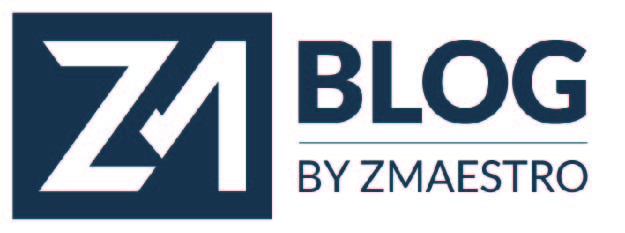Introduction: Beyond the Buzzwords
Strategic planning often gets labeled as a corporate buzzword, but its value lies in its execution. In today’s fast-paced business environment, operating without a strategic plan is like navigating a ship without a compass—you may move, but you’ll drift aimlessly.
This article delves into why strategic planning is crucial and offers actionable insights for professionals looking to make meaningful, measurable progress.
The Foundation of Strategic Planning
At its core, strategic planning provides answers to three critical questions:
- Where are we now? (Assessing current strengths, weaknesses, and market position)
- Where do we want to be? (Defining clear, achievable goals)
- How will we get there? (Outlining specific, step-by-step actions)
Without these answers, businesses risk wasting resources, losing focus, and missing growth opportunities.
Why Strategic Planning Matters in Modern Business
- Alignment of Efforts
Strategic planning ensures that every department and team member works toward the same goals. Misalignment is one of the primary causes of inefficiency in organizations.
Practical Tip: Conduct regular cross-functional meetings to align short-term tasks with long-term objectives. - Resource Optimization
Businesses often face constraints—time, money, or personnel. Strategic planning identifies the most impactful initiatives to maximize resource use.
Practical Tip: Use frameworks like the Pareto Principle (80/20 Rule) to focus on the 20% of initiatives driving 80% of results. - Navigating Uncertainty
Whether it’s market fluctuations, economic downturns, or technological disruption, strategic planning equips businesses to adapt to change.
Practical Tip: Incorporate contingency planning and scenario analysis into your strategy to prepare for uncertainties. - Driving Innovation
Contrary to popular belief, planning doesn’t stifle creativity—it directs it. A clear strategy provides boundaries within which innovation can thrive.
Practical Tip: Set aside time for “controlled experiments” that align with the strategic vision, allowing teams to explore creative solutions.
Common Pitfalls in Strategic Planning
- Overloading the Plan
Avoid creating an exhaustive list of initiatives that overwhelm teams and dilute focus. - Failure to Communicate the Plan
Even the most brilliant strategy will fail if employees don’t understand their role in it. - Neglecting Execution
Many businesses spend weeks crafting plans that gather dust because execution is deprioritized.
Making Strategic Planning Work: A Step-by-Step Approach
- Start with a Clear Vision and Mission
Your mission defines why you exist, and your vision outlines where you aim to go. - Conduct a Thorough SWOT Analysis
Evaluate internal strengths and weaknesses, as well as external opportunities and threats. - Set SMART Goals
Ensure goals are Specific, Measurable, Achievable, Relevant, and Time-bound. - Prioritize Initiatives
Rank potential actions based on their impact and feasibility. Focus on a few high-priority initiatives. - Develop an Execution Plan
Assign clear roles, responsibilities, and timelines for each initiative. - Track Progress and Adjust
Use metrics to measure success and revise the strategy as needed. Strategic planning isn’t static—it evolves with the business.
Strategic Planning in Action: Real-World Examples
- Apple Inc.
Apple’s focus on innovation and design stems from a clear strategic vision. By prioritizing a few high-value products, Apple became synonymous with excellence. - Small Businesses
A local bakery used strategic planning to expand from a single store to three outlets in two years. By analyzing customer data, it identified areas with the highest demand.
Lesson: Strategic planning is not reserved for large corporations. Businesses of all sizes benefit when decisions are guided by a well-thought-out strategy.
Conclusion: The Competitive Edge
Strategic planning isn’t just a tool—it’s a mindset. It encourages professionals to think critically, act intentionally, and measure outcomes meticulously. In a world of constant change, businesses with a solid strategy don’t just survive—they thrive.
Whether you’re a startup founder or a corporate leader, make strategic planning your foundation. Your future depends on it.
Last modified: January 21, 2025









